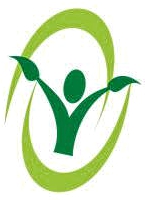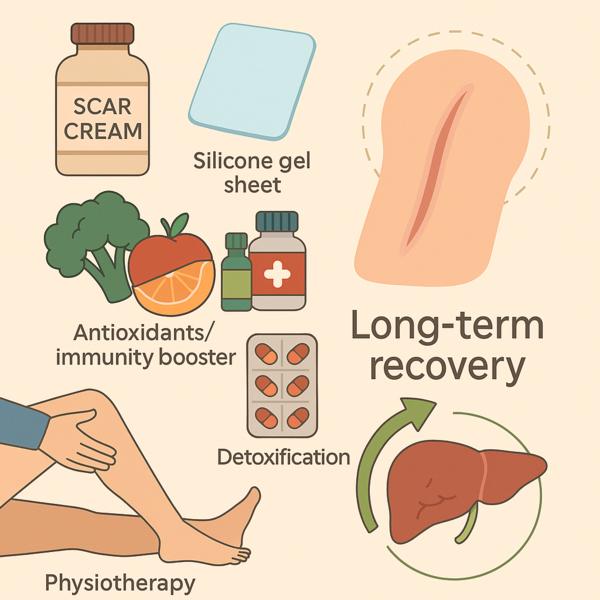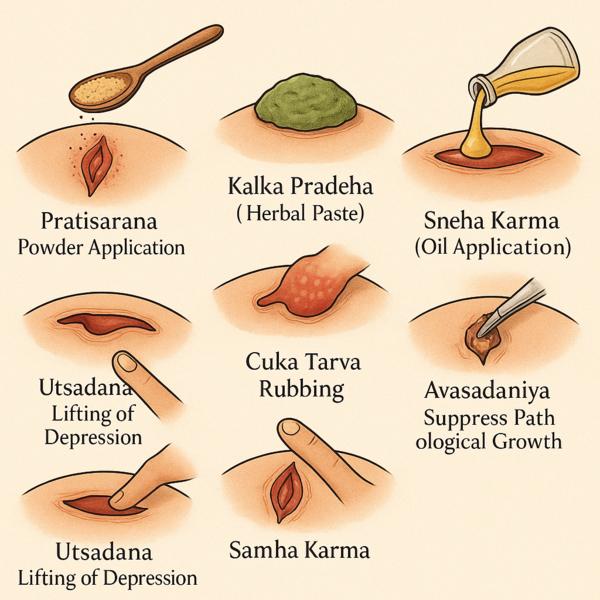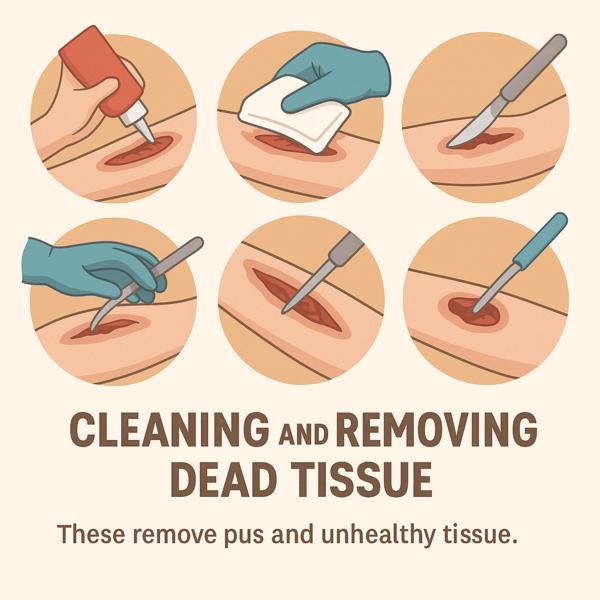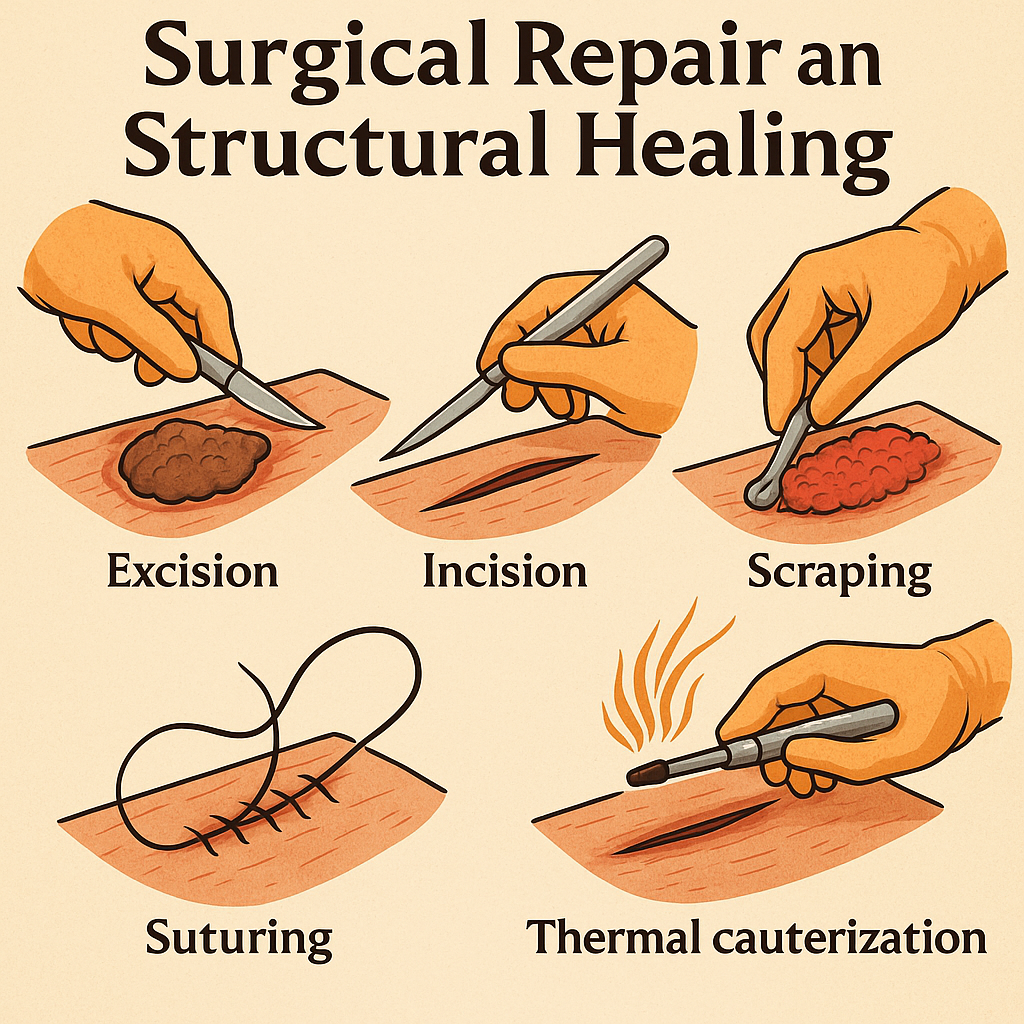
Some wounds are not just surface injuries. They are deep, wide, bleeding or structurally damaged, and they need surgical repair. Acharya Sushruta, known as the father of surgery, explained advanced surgical techniques under Shasti Upakrama that are still the foundation of modern surgical practice.
This group focuses on cutting, joining, burning, stitching, and restructuring tissues to restore normal body structure.
Chedana – Surgical Excision (Removing unhealthy tissue)
Chedana means cutting out diseased or dead tissue.
It is used when:
- The tissue is rotten
- Tumours or growths are present
- Infection has destroyed healthy parts
Modern example:
Surgical excision is done in operating theatres for tumours, ulcers, gangrene, and abscesses.
Bhedana – Surgical Incision (Opening closed swellings)
Bhedana means making a controlled surgical cut to open swellings.
This helps:
- Release pus
- Reduce pressure
- Relieve pain
Modern equivalent:
Incision and drainage procedures are performed for abscesses and cysts.
Lekhana – Surgical Scraping
Lekhana involves scraping away unhealthy or excess tissue.
It is helpful for:
- Chronic wounds
- Slough tissue
- Excess granulation tissue
Modern practice:
Curettage or sharp debridement is done by surgeons.
Sandhana Karma – Tissue Joining Procedures
Sandhana means joining separated tissues.
This includes:
- Closing cut muscles
- Repairing torn tissues
- Restoring anatomical structure
Modern parallel:
Reconstructive surgery and tissue approximation techniques.
Sutra Karma – Suturing (Stitching the wound)
This is one of Sushruta’s most famous contributions.
Sutra Karma means stitching the wound edges together.
Used for:
- Surgical wounds
- Traumatic cuts
- Deep lacerations
Modern example:
Absorbable and non-absorbable sutures, staples, and modern skin closure techniques.
Dahana – Agnikarma (Thermal Cauterization)
Dahana means controlled burning of tissues.
This stops:
- Bleeding
- Overgrowth
- Certain infected tissue areas
Modern equivalent:
Electrocautery and laser cauterization used in modern surgeries.
Kshara Karma – Chemical Cauterization
Kshara Karma uses alkaline herbal substances to chemically remove unhealthy tissue.
This is especially effective in:
- Chronic ulcers
- Sinus tracts
- Hemorrhoids
Modern comparison:
Chemical cauterization using silver nitrate or topical chemical hemostatic agents.
Utsadana – Elevating Depressed Tissue
Helps when wound bed becomes sunken due to tissue loss.
Promotes:
- New tissue growth
- Healthy granulation
Modern method:
Use of tissue fillers, collagen sheets, and regenerative dressings.
Avasadana – Flattening Excess Tissue
When excess granulation (proud flesh) grows, Avasadana is used to suppress it.
Modern parallel:
Use of cauterization or topical agents to control hypergranulation.
Why This Group Is Important
Without these methods:
- Deep wounds cannot close properly
- Structural defects remain
- Risk of chronic non-healing wounds increases
Modern surgery still follows these same principles.
The surgical principles of Shasti Upakrama prove that Sushruta was far ahead of his time. Modern operation theatres still follow the same logic — remove the damaged part, clean the wound, reconstruct the tissue, and support healing.
His wisdom lives on in every modern surgical procedure.

